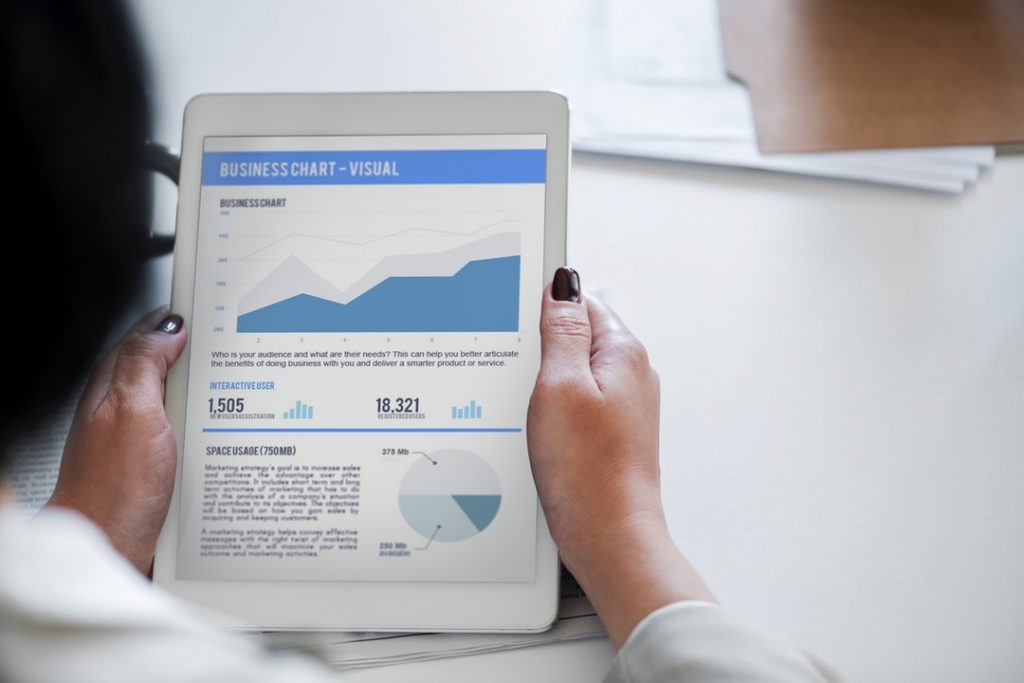If you had to make a list of all the techniques you want to stay away from in the world of content marketing, duplicating content would undoubtedly be right at the top. If you’ve ever written a terrific blog post and then, a few months later had the urge to rearrange the wording of a few sentences, slap on a new title and republish it… you’re definitely going to want to think again.
In an effort to improve the quality of their search results, Google made a pretty significant shift in their algorithm a few years ago to penalize duplicate or otherwise “spammy” content. As the vast majority of all online interactions still begin with a search engine and in terms of market share, Google is going to remain the king for the foreseeable future, if Google says something is bad you’d better believe you should see it that way, too.
But duplicating content is one thing. Repurposing content and turning it into something fresh and new is a totally different story.
Truth be told, repurposing an already high quality piece of content into many high quality pieces of content is something that the Internet could use a bit more of. That terrific idea you had for an Infographic doesn’t have to begin and end there – it can become a blog post, a presentation or even a video. You just need to keep a few key things in mind.
The Finer Points of Repurposing Visual Content
Let’s say, for the sake of discussion, that you spend weeks coming up with a terrific idea for a great new presentation. You and your team devote hours to really getting it right – distilling your points down into as few words as possible, finding just the right combination of text and visuals, etc.
You bring all of these materials together via a tool like Visme (which I founded) and, before you know it, you’ve got another great new piece of visual marketing material to add to the pile.
There’s no reason why the story has to end here.
Let’s say that the aforementioned presentation has fifteen slides, each of which is centered around a particular idea. If you were able to distill each of those points further – into something that amounts to a single thesis statement for each idea – suddenly you’ve got just about everything you need to transpose that same presentation into the framework of an Infographic.
Bam. Suddenly, one piece of content becomes two.
But it also doesn’t have to end there. Far from it. Remember that great graph that you spent so much time designing for slide three of your presentation? Who’s to say that you can’t pull that out and build a 400-or-so word blog post around just that particular element?
Nobody, that’s who. Suddenly, two pieces of content becomes three. Now you’re beginning to see just how easy – and beneficial – repurposing content can truly be.
Additional Considerations
Now as stated, there are definitely a few key things you’re going to want to consider before you start trying to repurpose anything and everything. First, not everything is going to deserve being pulled apart and put back together again in a wide range of different forms. Sometimes an Infographic is only strong enough for that particular format – if you tried to also make it a blog post, you wouldn’t really be adding anything to the conversation. You wouldn’t be expanding on ideas or re-contextualizing information to shed new light on it. You’d just be repackaging something that people already know and, thus, would fail to add anything meaningful to their lives.
This is something that you’re going to want to avoid.
You’ll also want to be careful with how you choose to repurpose things. If you had a great idea for a presentation and wanted to turn that concept into a video to monetize on a service like Uscreen, it needs to be more than just “someone standing around and literally explaining the presentation.” People can already do that on their own. Again, repurposing is all about extracting every last ounce of additional value out of something.
It’s also about giving people an opportunity to experience concepts or ideas in a variety of different ways. If you were telling the story of your company in a video, that’s terrific – but not everyone is going to necessarily watch a video. There’s a part of your audience that may want to digest the same story as a blog post and that’s terrific – you should recognize this opportunity and do what you can to support it.
Great Ideas Cannot Be Contained in One Format
In truth, you’ll generally be able to tell whether or not something has a longer lifespan than its original intended medium pretty soon after conception. If the narrative you’re telling works well as a presentation but works equally well with the additional depth that another format can provide, don’t turn it into an “either/or” situation. You’re always going to need more content so there’s really no reason to do this. Do both at the same time and double your return on investment along the way.
In the end, so long as you focus on the core qualities that you always have – namely, adding genuine value to the lives of your audience members and being as helpful as you possibly can – you’ll find that repurposing content and turning one piece of visual collateral into many is a technique that will absolutely serve you well for years to come.
About the Author:
Payman Taei is the founder of Visme, an easy-to-use online tool to create engaging presentations, infographics, and other forms of visual content. He is also the founder of HindSite Interactive, an award-winning Maryland digital agency specializing in website design, user experience and web app development.

